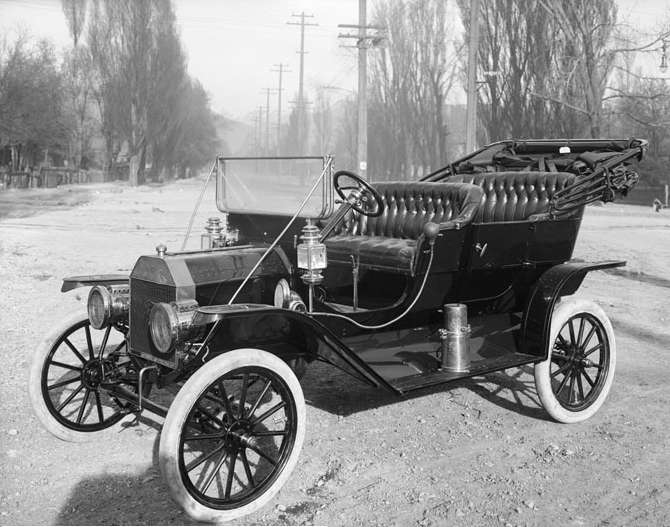|
Vanadium
Vanadium is a chemical element; it has Symbol (chemistry), symbol V and atomic number 23. It is a hard, silvery-grey, malleable transition metal. The elemental metal is rarely found in nature, but once isolated artificially, the formation of an oxide layer (passivation (chemistry), passivation) somewhat stabilizes the free metal against further oxidation. Spain, Spanish-Mexico, Mexican scientist Andrés Manuel del Río discovered compounds of vanadium in 1801 by analyzing a new lead-bearing mineral he called "brown lead". Though he initially presumed its qualities were due to the presence of a new element, he was later erroneously convinced by French chemist Hippolyte Victor Collet-Descotils that the element was just chromium. Then in 1830, Nils Gabriel Sefström generated chlorides of vanadium, thus proving there was a new element, and named it "vanadium" after the Scandinavian goddess of beauty and fertility, Vanadís (Freyja). The name was based on the wide range of colors fo ... [...More Info...] [...Related Items...] OR: [Wikipedia] [Google] [Baidu] |
Vanadium(V) Oxide
Vanadium(V) oxide (''vanadia'') is the inorganic compound with the formula V2 O5. Commonly known as vanadium pentoxide, it is a dark yellow solid, although when freshly precipitated from aqueous solution, its colour is deep orange. Because of its high oxidation state, it is both an amphoteric oxide and an oxidizing agent. From the industrial perspective, it is the most important compound of vanadium, being the principal precursor to alloys of vanadium and is a widely used industrial catalyst. The mineral form of this compound, shcherbinaite, is extremely rare, almost always found among fumaroles. A mineral trihydrate, V2O5·3H2O, is also known under the name of navajoite. Chemical properties Reduction to lower oxides Upon heating a mixture of vanadium(V) oxide and vanadium(III) oxide, comproportionation occurs to give vanadium(IV) oxide, as a deep-blue solid: :V2O5 + V2O3 → 4 VO2 The reduction can also be effected by oxalic acid, carbon monoxide, and sulfur ... [...More Info...] [...Related Items...] OR: [Wikipedia] [Google] [Baidu] |
Andrés Manuel Del Río
Andrés Manuel del Río y Fernández (10 November 1764 – 23 March 1849) was a Spanish scientist, natural history, naturalist and engineer who discovered compounds of ''vanadium'' in 1801. He proposed that the element be given the name ''panchromium'', or later, ''erythronium'', but his discovery was not credited at the time, and his names were not used. Education Andrés del Río studied analytical chemistry and metallurgy in Spain, where he was born. He received his bachelor's degree from the University of Alcalá de Henares in 1780 at the age of fifteen. The government gave him a scholarship to enter the Royal Academy of Mines in Almadén, Spain, as of June 1782. He showed great aptitude. In 1783 he was given a travel grant by the Spanish Ministry of Mines. He used it to study in Paris, with the chemist Jean Darcet at the Collège de France. Del Río continued his studies at the Freiberg University of Mining and Technology, Mining Academy in Freiberg, Saxony, Freiberg, Ger ... [...More Info...] [...Related Items...] OR: [Wikipedia] [Google] [Baidu] |


